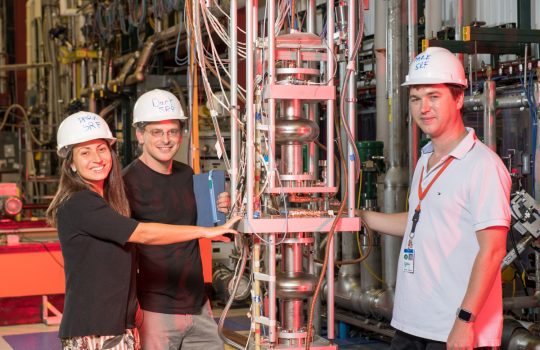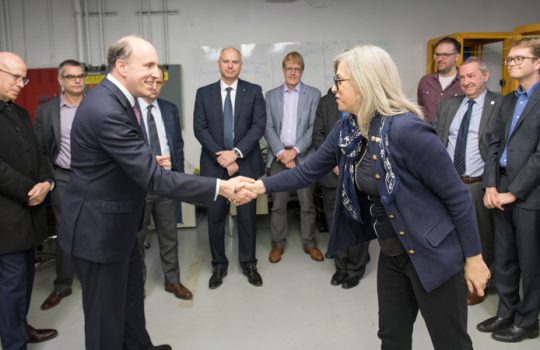Why five new National Quantum Information Science Centers are a huge deal
- Department of Energy
- DOE
- quantum computing
- quantum information science
- quantum science
- quantum sensor
- SQMS Center
- Superconducting Quantum Materials and Systems Center
From Nextgov, Aug. 26, 2020: Department of Energy Undersecretary Paul Dabbar discusses how, through quantum computers, humanity will tackle some of the world’s greatest challenges. DOE has established five new quantum information science centers at its national labs with funding of over $965 million, including $625 million in authorized funding from the DOE over five years, and over $340 million from the center participants.



